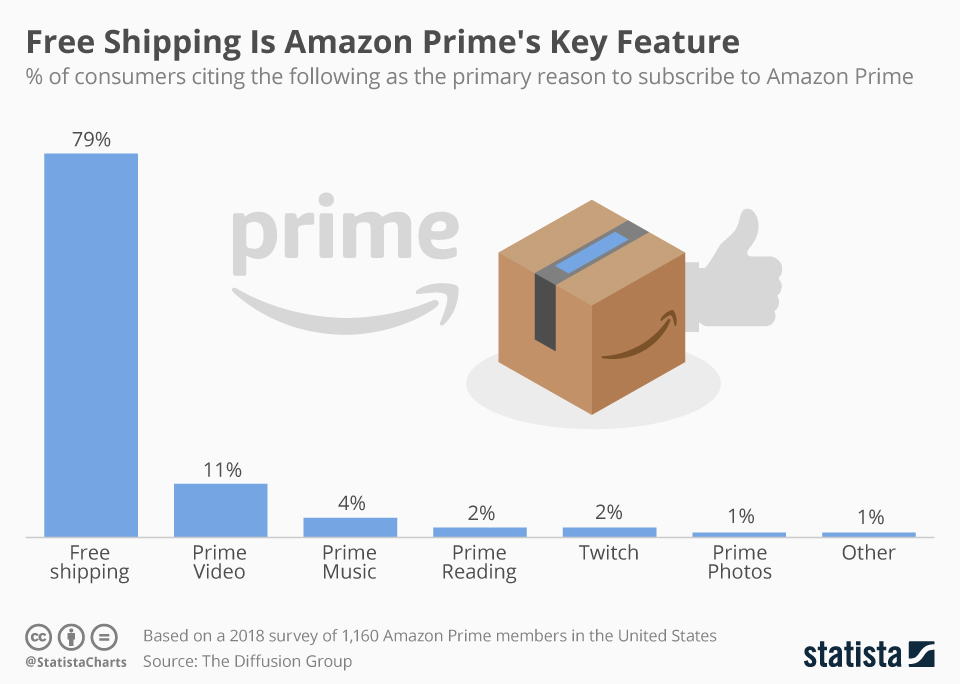Introduction:
Do you know the best time to be in business? It is best to be in a time of recession. If you scan history, some of the iconic companies have had pivotal moments when the world considered those were the worst times for business.
Amazon.com is a massive Internet-based business that sells books, music, movies, housewares, electronics, toys, and a wide range of other products, either directly or as a middleman between other retailers and Amazon.com's millions of customers.
These companies took advantage of majorly three things to overcome those moments: How do the paradigms of business change during a recession to create a complete change in the ecosystem? How to leverage the knowledge of this changing ecosystem to beat their competition to stay ahead of the curve? What can they learn from the past case studies?
Changing Business Paradigms:
We can understand the changing business paradigms by studying the evolution of the ice industry. The ice industry evolved in three stages: 1. Ice 1.0 – Harvest, 2. Ice 2.0 – Factory, and 3. Ice 3.0 – Refrigerator. During the Ice 1.0 period, until winter, people waited to travel to the mountains. Then, with the help of horse carriages, they traveled to the Alps to harvest ice. In the next 30 years, another paradigm shift occurred, and during the Ice 2.0 period, people found a way to make ice instead of waiting for the winter to harvest ice with the development of ice factories.
ADVERTISEMENT
The distribution of ice with carts to the houses became normal. In the next paradigm shift, the introduction of refrigerators erased the need for ice factories. Interestingly in all these shifts, the companies of the previous era failed to flourish in the next. The reason for the failure of the pioneers was that they couldn’t understand the nature of the pivoting time during each paradigm shift.
Nature of the Pivoting Time:
Pivoting time is the beginning of the paradigm shift in a business. Entrepreneurs who understand the nature of the pivoting time can strategize their moves to get ahead of the competition. These paradigm shifts occur due to reforms. The reforms could be political, economic, environmental, legal, technological, or social. But during the pivot, there is no change in the demand and supply. Only one change occurs, and that is the way you supply.
Examples of the reforms are demonetization and the introduction of payment wallets such as Paytm, Google Pay, Amazon Pay, etc. People paying didn’t change for the commodities before and after the reform, and the change was the method of payment introduced by the payment wallets during this paradigm shift.
ADVERTISEMENT
Barnes and Noble is a company that suffered a loss due to a paradigm shift. The same Paradigm shift made Jeff Bezos a billionaire.
The paradigm shift can give rise to two factors: an opportunity and a threat. Any company that takes it as a threat loses by default, and the company that takes it as an opportunity for growth grows tremendously.
How to spot the opportunity:
Every time the paradigm shift happens, the entire business ecosystem gets divided into four segments:
ADVERTISEMENT
- Perfect Product and Perfect Supply Chain,
- Excellent Product with a requirement for a change in the supply chain,
- Perfect supply chain, but a product change is needed,
- Both product and supply chain change is required.
- Perfect Product and Perfect Supply Chain:
The supply of groceries through an app is the best example of this category. Amazon made the most out of the COVID situation using its perfect supply chain and vast product resources. It made use of its grocery resources to capitalize on the situation.
When all the companies shut off their services during the pandemic, amazon promoted its groceries that came under the essentials category to make its presence even more visible to its customers.
Perfect Product with a change in the supply chain:
Movies and songs are stress-busters for most people. Amazon used to sell music albums and movies as CDs and DVDs. During the new paradigm shift of the digital era, Amazon started its digital platform, Amazon Prime Video and Music, for a subscription fee. Now it buys the rights to many movies to release in its OTT.

Perfect supply chain but a need for product change:
Many people read books as a hobby. So Amazon itself started its service as a book-selling company. The problem of carrying books everywhere by people came to a halt with the advent of smartphones and tabs. People were able to store books as pdf files and read them anytime. Unfortunately, all books were not available as pdfs. So Amazon introduced Kindle books, a device suitable for reading books, and with a subscription to the Kindle store, they can buy books in a format they can read with the kindle books. During this paradigm shift, the supply chain played to its advantage. They just had to introduce a new product to keep competing.
Both product and supply chain change:
Amazon was mainly functioning as an e-commerce company and now has its presence in the retail sector by opening physical stores. The store is a product because it is fully automated with no staff. Even a billing counter is not available.

People have to go and pick their products, and the billing gets automatically done in the Amazon Go app. Amazon collects money from people’s credit cards linked to its app. They have four other stores in the United States of America: Amazon Books, Amazon Pop, Amazon 4-Star, and Amazon Go.
Conclusion:
If a company understands the pivoting time and its nature and changes its functions accordingly is Amazon. It is the foremost reason Amazon can beat all its competitors and keep growing. With each paradigm shift, the company evolves, keeping no stone unturned. Its customer-centric approach has always assisted the company in innovating and supporting its products affordably. With the introduction of Alexa and Amazon Echo, Amazon took its customer experience to the next level by allowing them to order through a voice-controlled device. Amazon collects consumer data to provide a personalized experience to its customers when they shop through its e-commerce, making the process seamless. With its R&D and infrastructure Amazon keeps up with the world and its unending paradigm shifts.








